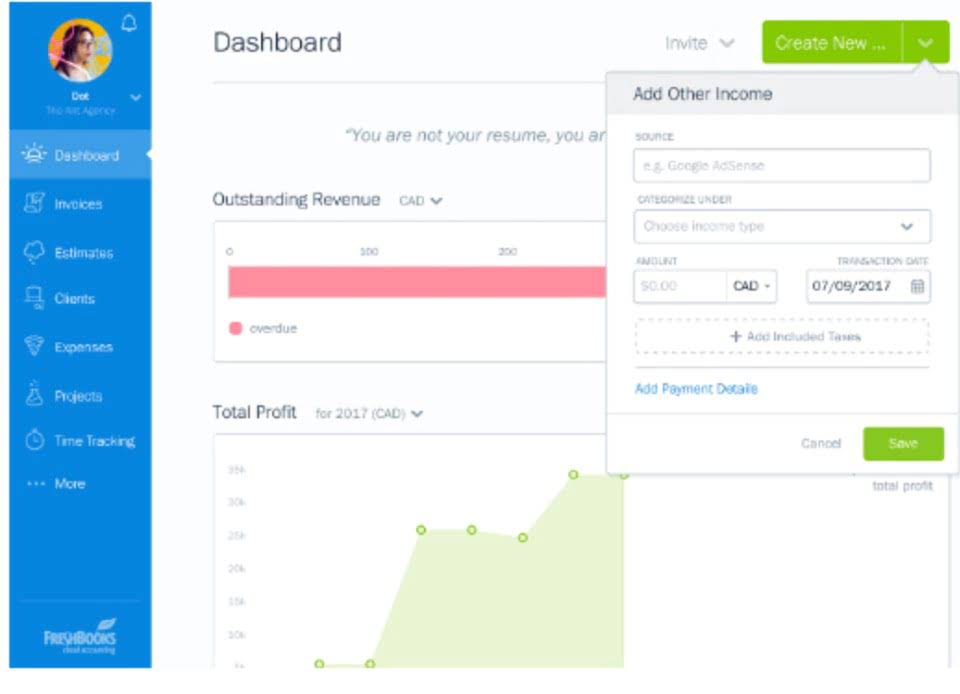Balance Sheet Definition & Examples Assets = Liabilities + Equity
Therefore, this compensation may impact how, where and in what order products appear within listing categories, except where prohibited by law for our mortgage, home equity and other home lending products. Other factors, such as our own proprietary website rules and whether a product is offered in your area or at your self-selected credit score range, can also impact how and where products appear on this site. While we strive to provide a wide range of offers, Bankrate does not include information about every financial or credit product or service.
- While we strive to provide a wide range of offers, Bankrate does not include information about every financial or credit product or service.
- However, unlike liabilities, equity is not a fixed amount with a fixed interest rate.
- As the company pays off its AP, it decreases along with an equal amount decrease to the cash account.
While a company’s assets can change over time, the equation will always be true. The first step is to look at your current assets and estimate how much money you could lose if those assets were seized or became unavailable. statement of owners equity An asset is anything of value that a person or business can use to generate income or pay expenses. The accounting equation is a concise expression of the complex, expanded, and multi-item display of a balance sheet.
What are examples of assets, liabilities, equity?
If Bank Y lent you that $20, it’s a liability you need to pay back. If that $20 was net profit, it goes toward the owner’s equity in the business. If you want to calculate the change in the value of anything from its previous values—such as equity, revenue, or even a stock price over a given period of time—the Net Change Formula makes it simple. We accept payments via credit card, wire transfer, Western Union, and (when available) bank loan. Some candidates may qualify for scholarships or financial aid, which will be credited against the Program Fee once eligibility is determined.
Want to learn more about what’s behind the numbers on financial statements? Explore our eight-week online course Financial Accounting—one of our online finance and accounting courses—to learn the key financial concepts you need to understand business performance and potential. A balance sheet provides a snapshot of a company’s financial performance at a given point in time. This financial statement is used both internally and externally to determine the so-called “book value” of the company, or its overall worth. This statement is a great way to analyze a company’s financial position. An analyst can generally use the balance sheet to calculate a lot of financial ratios that help determine how well a company is performing, how liquid or solvent a company is, and how efficient it is.
Ready to grow your business?
From the accounting equation, we see that the amount of assets must equal the combined amount of liabilities plus owner’s (or stockholders’) equity. To ensure the balance sheet is balanced, it will be necessary to compare total assets against total liabilities plus equity. To do this, you’ll need to add liabilities and shareholders’ equity together. Knowing what goes into preparing these documents can also be insightful. Looking at the asset section of the balance sheet, AccumulatedDepreciation–Equipment is included as a contra asset account toequipment.
Current liabilities are due within one year and are listed in order of their due date. Long-term liabilities, on the other hand, are due at any point after one year. The major reason that a balance sheet balances is the accounting principle of double entry.
However, unlike liabilities, equity is not a fixed amount with a fixed interest rate. When one of these statements is inaccurate,the financial implications are great. Accounts within this segment are https://www.wave-accounting.net/ listed from top to bottom in order of their liquidity. They are divided into current assets, which can be converted to cash in one year or less; and non-current or long-term assets, which cannot.
Equity is also referred to as net worth or capital and shareholders equity. Below liabilities on the balance sheet is equity, or the amount owed to the owners of the company. Since they own the company, this amount is intuitively based on the accounting equation—whatever assets are left over after the liabilities have been accounted for must be owned by the owners, by equity. These are listed at the bottom of the balance sheet because the owners are paid back after all liabilities have been paid.
They offer the potential for high returns but also carry a high level of risk. If the company issues the stock goes bankrupt, the stockholder may lose all their money. These are some simple examples, but even the most complicated transactions can be recorded in a similar way. To get the numbers in these columns, you take the number in thetrial balance column and add or subtract any number found in theadjustment column. There is no adjustment in the adjustment columns, so theCash balance from the unadjusted balance column is transferred overto the adjusted trial balance columns at $24,800.
How Balance Sheets Work
The primary aim of the double-entry system is to keep track of debits and credits and ensure that the sum of these always matches up to the company assets, a calculation carried out by the accounting equation. It is based on the idea that each transaction has an equal effect. It is used to transfer totals from books of prime entry into the nominal ledger. Every transaction is recorded twice so that the debit is balanced by a credit.
Once all accounts have balances in the adjusted trialbalance columns, add the debits and credits to make sure they areequal. Ifyou check the adjusted trial balance for Printing Plus, you willsee the same equal balance is present. Presentation differences are most noticeable between the twoforms of GAAP in the Balance Sheet.
The income statement and statement of cash flows also provide valuable context for assessing a company’s finances, as do any notes or addenda in an earnings report that might refer back to the balance sheet. Depicting your total assets, liabilities, and net worth, this document offers a quick look into your financial health and can help inform lenders, investors, or stakeholders about your business. Based on its results, it can also provide you key insights to make important financial decisions. If you take out a new loan, for example, that added liability reduces owners’ equity.
What Are Assets, Liabilities, and Equity?
The accounting equation sets the foundation of “double-entry” accounting, since it shows a company’s asset purchases and how they were financed (i.e. the off-setting entries). Includes non-AP obligations that are due within one year’s time or within one operating cycle for the company (whichever is longest). Notes payable may also have a long-term version, which includes notes with a maturity of more than one year. Property, Plant, and Equipment (also known as PP&E) capture the company’s tangible fixed assets.
If we go back and look at the trial balance for PrintingPlus, we see that the trial balance shows debits and credits equalto $34,000. Some companies issue preferred stock, which will be listed separately from common stock under this section. Preferred stock is assigned an arbitrary par value (as is common stock, in some cases) that has no bearing on the market value of the shares. The common stock and preferred stock accounts are calculated by multiplying the par value by the number of shares issued. A liability is any money that a company owes to outside parties, from bills it has to pay to suppliers to interest on bonds issued to creditors to rent, utilities and salaries.
On the asset side of the equation, we show an increase of $20,000. On the liabilities and equity side of the equation, there is also an increase of $20,000, keeping the equation balanced. Changes to assets, specifically cash, will increase assets on the balance sheet and increase cash on the statement of cash flows.
By understanding your liabilities, you can make more informed decisions about where to allocate your resources and how to protect your business from potential dangers. One of the critical aspects of being a successful business owner is knowing how to calculate liabilities. The most common way to calculate assets is to use the book value method. A liability is an obligation a person or business must pay in the future. Think of retained earnings as savings, since it represents the total profits that have been saved and put aside (or “retained”) for future use. Debt is a liability, whether it is a long-term loan or a bill that is due to be paid.












